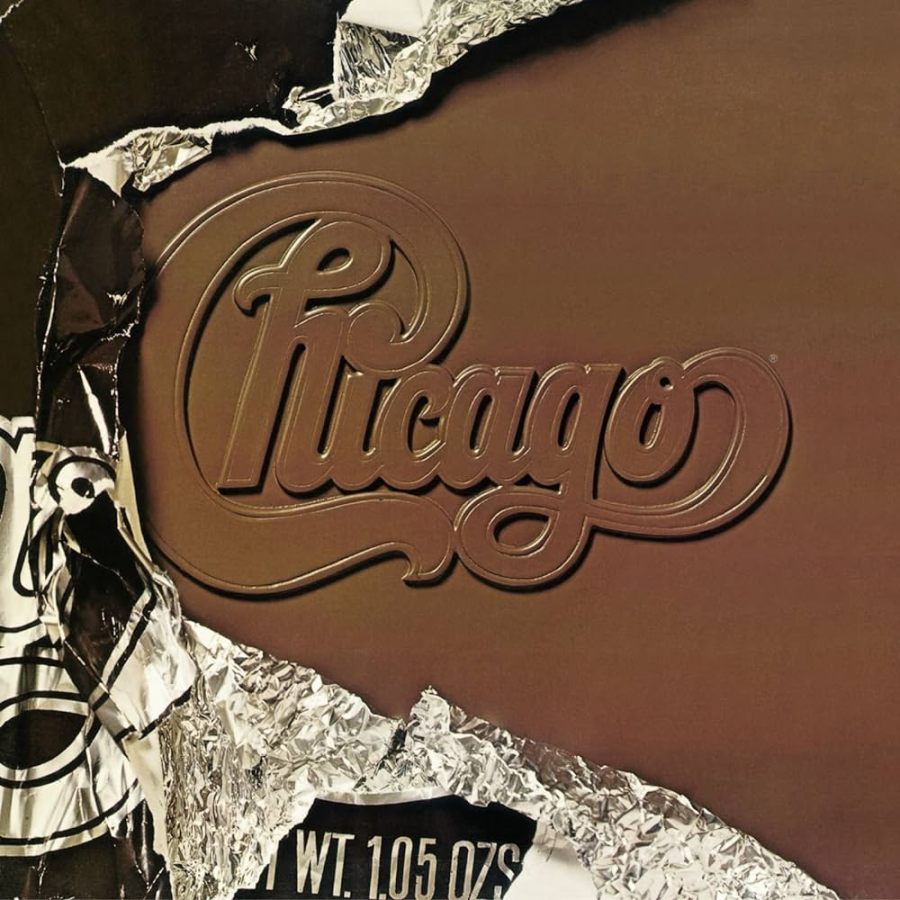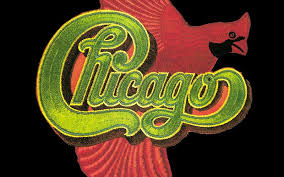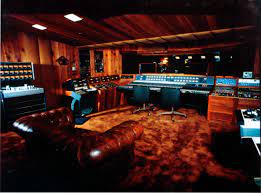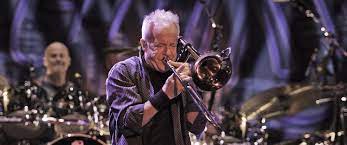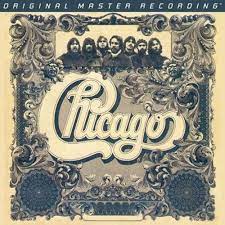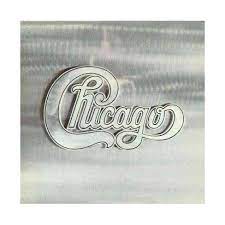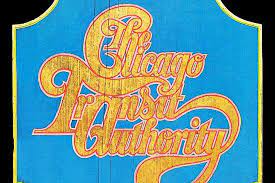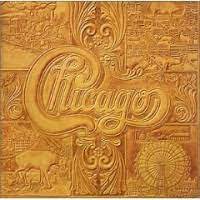Welcome back to Turntable Talk! This is our 27th round, believe it or not. By now all our regular readers know how this goes, but for any new readers, first off, welcome! I hope you find it interesting and check back from time to time here – new posts go up daily and we run the ‘Turntable Talk’ feature usually once a month. And second, briefly, on Turntable Talk we have a number of guest columnists from other music sites, sounding off on one particular topic. We have an index of past topics, with the final one of each in the link, others could be found going back day by day from each of those.
This month, our topic is a little different – Art Rock. No, we’re not digging into obscure rock that somehow seems a tad too experimental for the masses, but the actual art of music. In specific, album art and packaging. Of course, that was a bigger deal when vinyl ruled… that big 12” square canvas that was a record cover let a lot of imaginations and artistic talents run wild! It created an initial impact. Even the Grammy Awards noticed that; since 1959 they’ve given out an annual award for Best Album Cover or Recording Packaging. Frank Sinatra won the first one; since then The Beatles Revolver and Sgt. Pepper, Chicago’s X, Supertramp’s Breakfast in America, Linda Ronstadt’s Get Closer and the Rolling Stones Tattoo You are among the many winners. Thus, we’ve asked our contributors to highlight an album which had packaging they found exceptional.
Next up, today , from the Atlanta area and The Sound of One Hand Typing, we have John who no doubt has had two eyes looking for something to applaud here.
Our task this month was to comment on the visuals of music: a specific album cover that we consider outstanding, or aspects of the album jacket that are important to us. Having been a fan of the band Chicago since their first album, I immediately thought of the logo that has come to represent the band since their second album.
Chicago’s original name was The Chicago Transit Authority, and that was the name of their debut album. Soon after it was issued, the real Chicago Transit Authority, the public company that operates the buses and light rail inside the city, sued them, demanding that they change their name immediately, if not sooner. Deciding that the city of Chicago was too big to sue the band, they proclaimed in the liner notes for that first album that henceforth they would be known as Chicago.
Wikipedia tells us
Upon being renamed from Chicago Transit Authority to Chicago, the band sported a new logo. Its inspiration was found in the design of the Coca-Cola logo,in the attitude of the city of Chicago itself, and in the desire to visually transcend the individual identities of the band’s members. It was designed by the art director of Columbia/CBS Records, John Berg, with each album’s graphic art work being done by Nick Fasciano.Berg said, “The Chicago logo…was fashioned for me by Nick Fasciano from my sketch.”
The logo has appeared on each album after the first one, and on advertisements, posters, and various of the band’s ephemera. On the album Hot Streets (also known as Chicago XII), for the first time the individual band members were shown on the cover, and the logo was reduced, but was still there (that was the first album after the tragic death of guitarist Terry Kath).
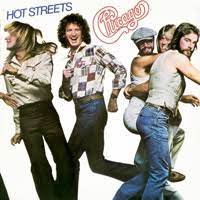
On the album Twenty1, the logo is there, but in the background.
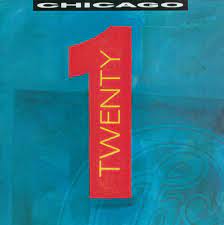
The band’s most recent album, Chicago XXXVIII: Born For This Moment, shows the logo in all its glory, in gold on a black background.
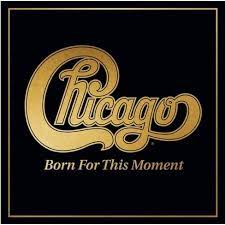
The point is, that logo on the outside is almost as important as the album on the inside. In a way, it’s like the slogan of another great Chicago product line, Zenith: “The Quality Goes In Before The Name Goes On.”



